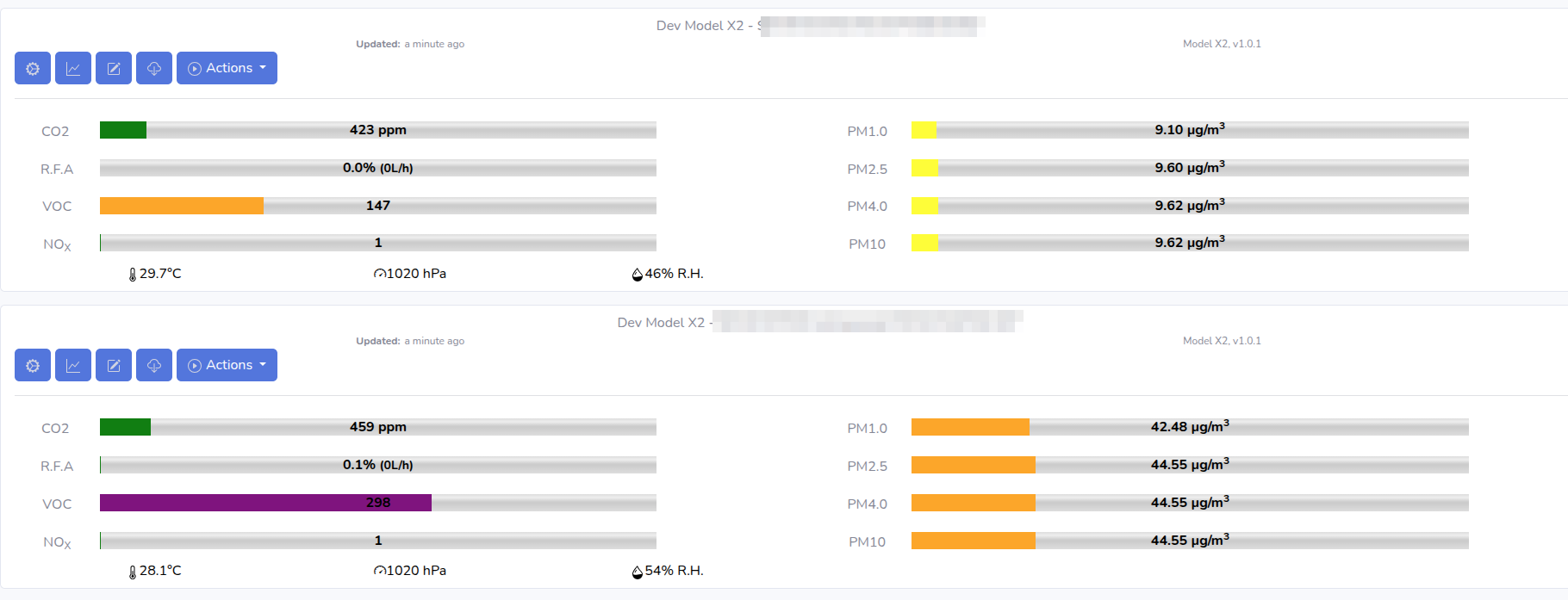🛠️ Outdoor Air Quality Monitor Maintenance: A Real-World Example
Outdoor air quality monitors are designed to operate in the elements, but they’re not immune to the occasional maintenance need. This morning, I noticed one of my sensors was reading much lower particulate matter (PM) values than others located in the same area.
Since all the monitors were in the same environment, the difference stood out immediately. I suspected something physical was affecting the sensor’s performance.
Finding the problem
On closer inspection, I found the culprit — a spider web on the sensor exhaust. While most people focus on keeping the air intake clear, the exhaust is just as important. A blockage there can disturb airflow through the sensor’s measurement chamber, leading to inaccurate readings.

The fix
A quick blast of compressed air was all it took to clear the web. After reconnecting the sensor, the readings quickly matched those of the other monitors in the area

Why this matters
Particle sensors work by moving air through a sensing chamber. Any restriction — whether on the intake or the exhaust — can compromise the flow and skew the data. Outdoors, insects, dust, pollen, and other debris are all potential culprits.
A smarter design for easier maintenance
The newly redesigned Model X2 now features removable protective mesh parts. These prevent bugs and larger debris from entering while allowing the necessary airflow. Better yet, they can be removed easily for cleaning — meaning less downtime and more accurate data.
Tips for keeping your outdoor sensor accurate
- Inspect both intake and exhaust: Blockages on either end can cause issues.
- Clean gently: Use compressed air or a soft brush. Avoid direct contact with internal components.
- Cross-check data: Compare readings with other sensors nearby to spot anomalies early.
Regular maintenance is a small effort that pays off with accurate, reliable air quality data — and helps you get the most from your investment.
